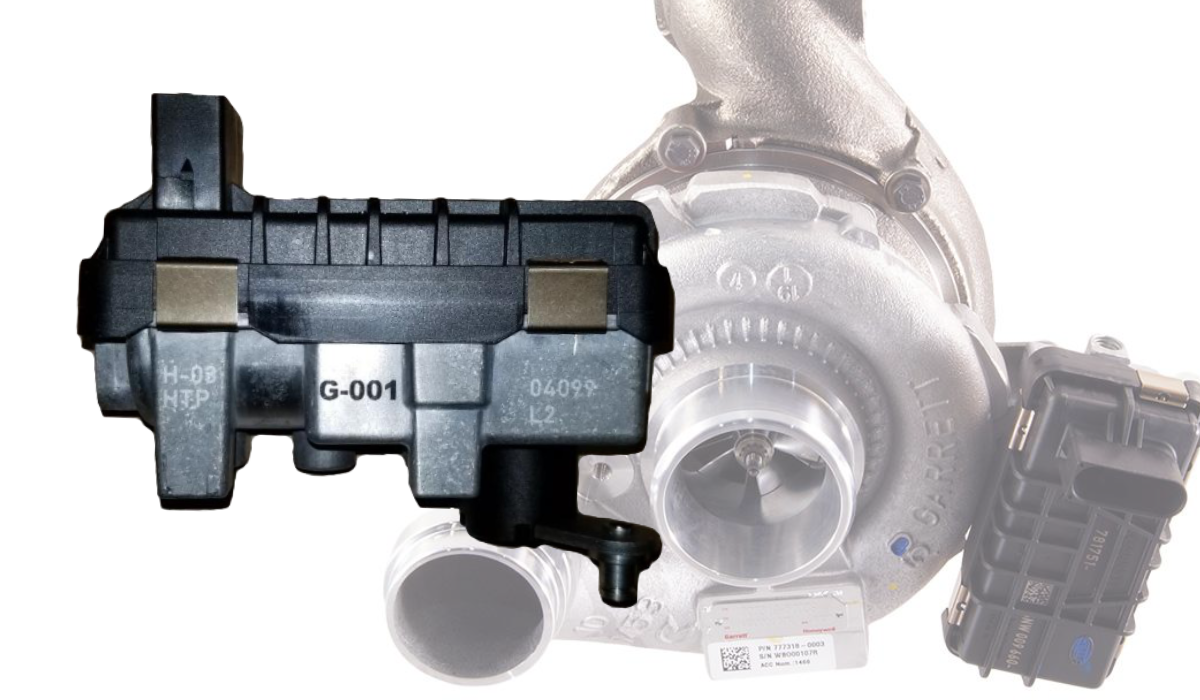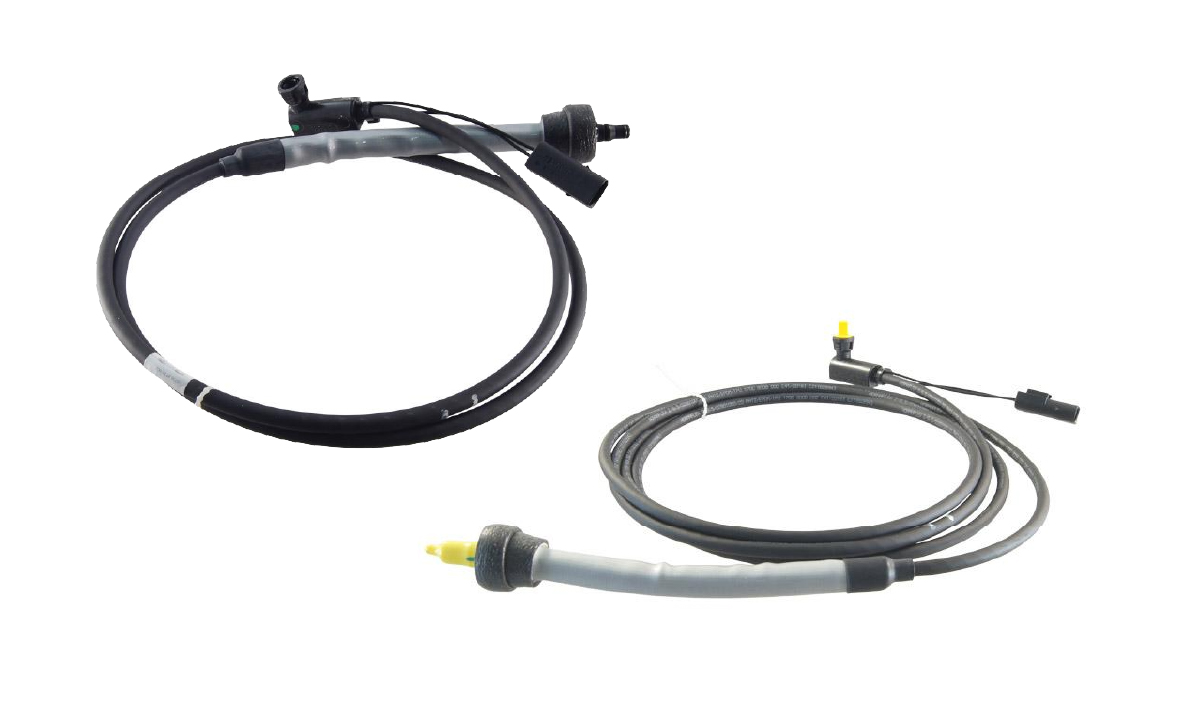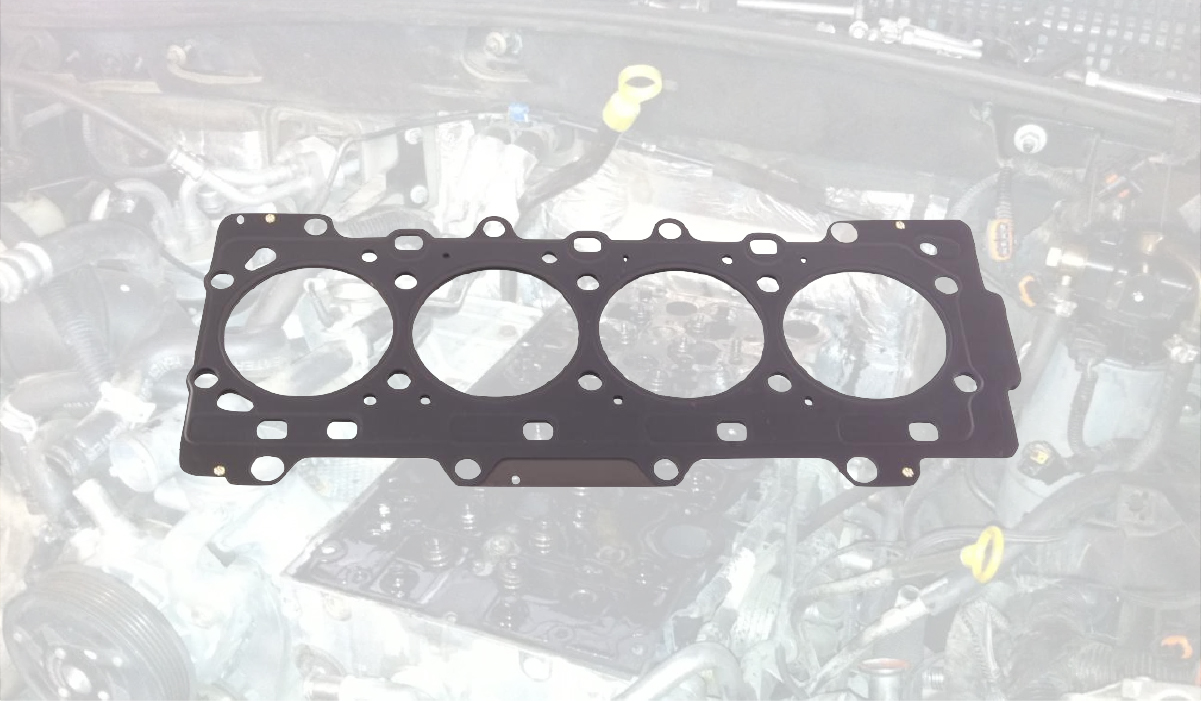Most modern vehicles have clutched or so called one-way or decoupler pulleys. Proper operation of these pulleys is vital to alternator health and the health of other components, especially the serpentine belt tensioner.
How Clutched Alternator Pulleys Work
The most simple way to think about clutches alternator pulleys is to imagine riding a bike – a normal bike not a fixed wheel bike. You pedal to build up speed, but, when you stop pedaling the bike keeps moving even though you’ve stopped pushing the pedals. The bike is allowed to “free wheel” and continue down the road using momentum as you rest your feet. You can even push the pedals backwards without impacting your forward motion. The pedals will lock, however, if you start pedaling forward faster than the bike is traveling.

The alternator pulley works the same way. An engine is constantly changing speeds as you change gears. When you shift from a lower gear to a higher gear your engine drops hundreds of RPMs in under a second. The alternator, however, is spinning at the higher speed. This would normally mean that the engine would effectively SLOW DOWN the alternator as it shifted gears and lowered RPMs. This is where the clutched alternator pulley comes in – just like the bike, the alternator can “free-wheel” at the higher speed, spinning down gradually until the alternator speed matches the engine speed, at which point the pulley will engage again, just like your bike.

The alternator pulley is also vital to absorbing crankshaft pulsations from hitting the alternator. As the crankshaft rotates it rapidly changes speeds for milliseconds at a time between combustion events at each cylinder. These pulses are especially strong on 4-cylinder diesel engines. The alternator pulley absorbs these split second pulsations.
What happens if that pulley has failed? A failed pulley will no longer clutch properly. The action of slowing down the alternator forcefully puts a lot of extra stress on the accessory/serpentine belt system. That violent change in momentum and speed is transferred from the pulley on the crankshaft, through the serpentine belt, around the tensioner and eventually makes it to the alternator. Over thousands of miles all that extra stress will cause the tensioner to fail, the harmonic balancer to become looser and might cause the serpentine belt to stretch or snap. It will also add extra side load to the A/C compressor clutch, which might also experience early failure.
How to determine if your car has a clutched alternator pulley.

You might be asking how can I tell if the alternator pulley is clutched. A 99% test is to look at the pulley and see if there is a black, plastic cap on the end. Clutched pulleys will have a cap while un-clutched pulleys typically will not. On the alternator above the end of the pulley is covered by a black cap, thus it is a clutched-type pulley. Outside of the possibility that the cap was removed and not replaced, this is a pretty reliable way to tell.
How to test the alternator pulley.
Here is a guide to testing your alternator pulley. You’ll need to start by taking the serpentine belt off so that you can rotate the pulley independently of the engine.
Once the belt is off, you’ll need to find a way to counter-hold the alternator internals. The easiest way is to use the cooling fins on the opposite side. Carefully insert a screwdriver so that it prevents the cooling fins from spinning. Once you have done that it is time to test the pulley.
First, rotate the pulley clockwise. The pulley should **NOT** be able to move as it is locked to the alternator which has been held up by the screwdriver on the cooling fan.

Next, rotate the pulley counter-clockwise. The pulley should be able to rotate in the counter-clockwise direction even though the cooling fins are being held in place.

If the pulley DOES NOT rotate in the counter clockwise direct and it is locked to the rotation of the alternator shaft then it has failed and must be replaced.
Signs of a failed alternator pulley.
Outside of physically testing the alternator there are some things to watch out for that can signal the alternator pulley has failed. First, if your serpentine belt tensioner has failed, it is likely that the alternator pulley is faulty as well. Typically the failed pulley is the cause of the tensioner failure. This is especially true if you replaced the tensioner and experienced another failure – a stuck pulley probably caused the first tensioner to fail in the first place and certainly caused the second one to fail.
Another tell-tale sign is visible jumping of the serpentine belt tensioner pulley. The serpentine belt should rotate smoothly over the tensioner pulley. If the pulley is jumping up and down shows that the tension on the belt is changing with crankshaft pulsations we talked about earlier. The belt snapping up and down indicates the alternator pulley has failed and these pulsations are not being properly absorbed.
How to replace an alternator pulley.
Replacing the alternator pulley involves counter-holding the alternator shaft while loosening the pulley securing hut. This typically requires a special alternator pulley bit set which can vary between models. This Metalnerd Alternator Pulley Bit Set will cover all VW & Audi TDI models.

Replacing the pulley with the alternator still installed can be challenging and may be impossible on some models. Therefore, most shops we work with find removing the alternator and replacing the pulley with the alternator on their workbench actually takes less time than trying to do it on the car. For our TDI owners, the ALH engine makes swapping the pulley very difficult as the alternator is sandwiched deep in the engine bay. Meanwhile, the BEW engine (on the same chassis) is the easies as the alternator is located at the top of the engine. See our list of Replacing Alternator Pulley In-Car – List of VW Models and Difficulty.






Leave a Reply to idpartsCancel reply